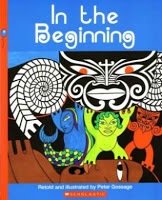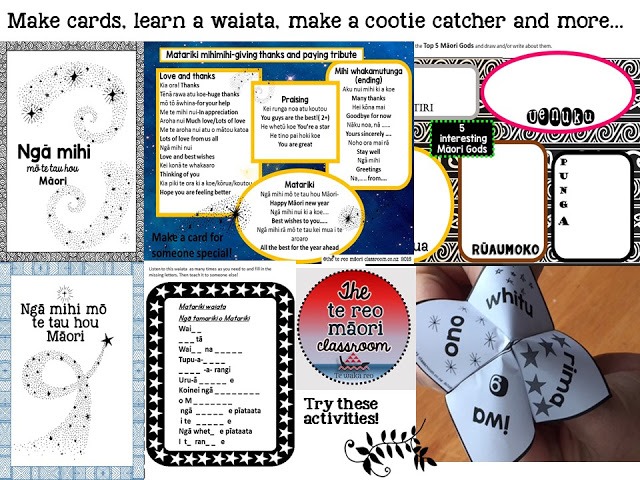Ngā mihi mō te tau hōu Māori!
My favourite time of year and I’m glad to say this post is very late because I have been staying on a marae, (over) eating Māori kai, and doing all those things that fuel the soul!
Now I can’t go past my new favourite app. Thinglink, I love it for a topic like Matariki because I can put many different you tube clips and sites in one place and it’s accessible to the tamariki.The information gathered is like an exercise in story telling. All of the links relate to each other in some way.
The picture I have used looks a bit crowded and most people just use the dots without any other titles. I have added titles as I have made a few worksheets and it is easier for the tamariki to find the exact clip if it has some kind of title.
 I’m hoping you give this a go. It can be used with the class on a large screen, individually or in pairs on a laptop/PC or ipad. I love it for self-directed learning where all the information is on one page and you don’t get lost searching for hours in the depths of the internet.
I’m hoping you give this a go. It can be used with the class on a large screen, individually or in pairs on a laptop/PC or ipad. I love it for self-directed learning where all the information is on one page and you don’t get lost searching for hours in the depths of the internet.

It is also a great way for the tamariki to work together tagging an appropriate picture with found information to support their learning.
When I begin the Matariki topic I always read the Rangi and Papa story. The Peter Gossage version, In the Beginning, is the most popular- with young and older ākonga. So much of Te Ao Māori can be explained after knowing this story.
There are several stories of Matariki and one is where Tāwhirimātea throws his eyes into the sky because he is so angry at the separation of Rangi and Papa. A short clip of this is the “start here” dot.
Please take the time to have a look at all the links because the kaiako I have shared this with absolutely love it and can think of many other ways thinglink can be used in the classroom.
If this is the first time you have used a Thinglink-read on.
I have made some free downloadable worksheets so that tamariki can work on different aspects of Matariki and hopefully they will find the information interesting.
One of the worksheets is a cloze type exercise for Matariki waiata. I like this kind of exercise because the ākonga can listen to the waiata several times while completing the exercise . By doing this they then know the tune and the pronunciation and have taught themselves without the kaiako having to know the waiata (good if you are not a singer). They are then able to teach others.
There are some “ Ngā mihi mō te tau hōu Māori“Greetings for Māori New Year cards and te reo Māori mihimihi that can be used for the tamariki to send cards of thanks and acknowledgement to others.They could also use these to write a few facts about Matariki.
I have aimed at Years 4-8 but its really up to what you think and how you use the resource.
I would love to get feedback on how you used it.
Another of my fav activities is the fortune teller. Did you make these at school? We were so happy to play them over and over again, even though we knew the answers!
Download this free Matariki fortune teller. It’s great for the kaiako to use throughout the day or each of the tamariki. They may want to make their own!
Here are some of the free activity sheets. They can be downloaded here.
Please let me know what was useful. Feedback is greatly appreciated as then I can continue making the rauemi that is useful.
Enjoy! Ngā mihi,



